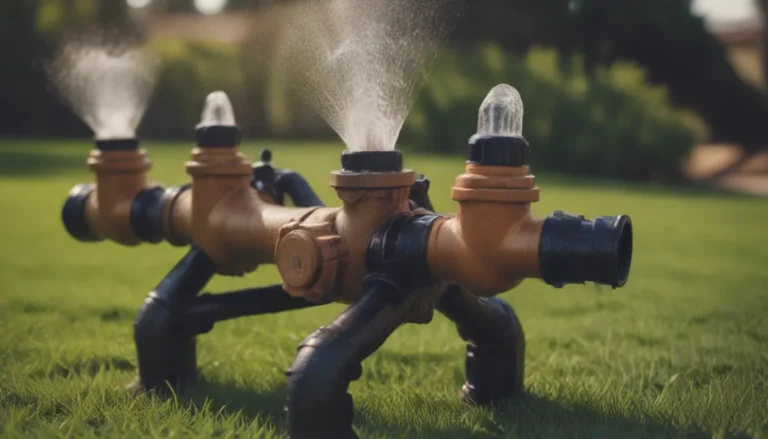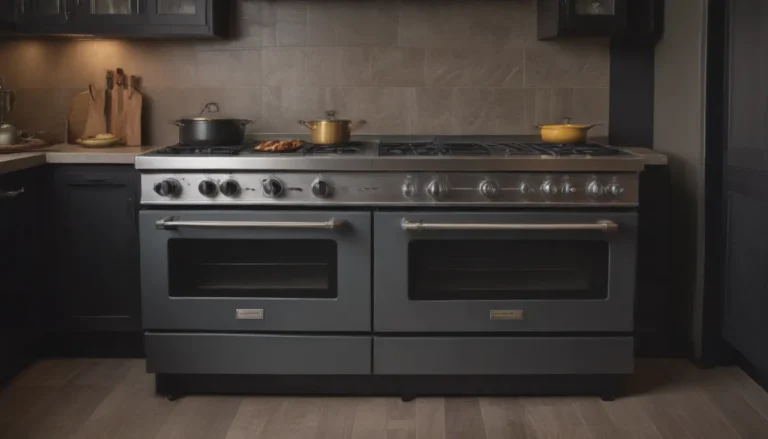Understanding VOC Paint vs No-VOC Paint: Your Comprehensive Guide

In recent years, a shift towards more environmentally friendly products has prompted paint companies to offer options labeled as “low VOC” or “no VOC.” But what exactly are VOCs, and why should you care about them when choosing paint for your home?
VOCs, or volatile organic compounds, are chemicals found in many building materials that release gases into the air, contributing to indoor air pollution and potential health risks. From that familiar “new paint smell” to the fumes that linger long after painting, VOCs can have a significant impact on your health and the environment.
What Is No vs. Low-VOC Paint?
When it comes to paint, the terms “low VOC” and “no VOC” indicate the level of volatile organic compounds present in the product. Low-VOC paints contain less than 50 grams per liter of VOCs, while no-VOC paints must have less than 5 grams per liter. However, it’s essential to note that even these supposedly safer options may still contain other harmful chemicals and additives.
In many cases, VOCs found in paints are there to help the paint glide onto surfaces smoothly. While no-VOC and low-VOC paints may sound appealing, it’s crucial to understand the implications and how they may impact your painting project and overall well-being.
Major Differences: VOC vs. No VOC or Low VOC
While no-VOC and low-VOC paints sound like a safer choice, it’s essential to recognize that not all products labeled as such are entirely free of toxic elements. The Environmental Protection Agency (EPA) can only regulate VOC-containing paints that contribute to creating smog. Some paints labeled as no-VOC or low-VOC may still contain toxic chemicals at high levels, so it’s essential to look beyond VOC contents if toxicity is a significant concern.
For those prioritizing health and safety, seeking out paints labeled as “non-toxic” or “natural” may be a better alternative. These specialty paints may be harder to find but offer a more eco-friendly and health-conscious option for your painting projects.
Appearance
- Standard VOC Paint: Traditional paints with VOCs offer easy application and even coverage in one or two coats.
- No or Low-VOC Paint: No and low-VOC paints have improved formulations for smooth application but may require additional coats for a streak-free finish.
- Best for Appearance: Standard VOC Paint for easy, even coverage with minimal effort.
Durability
- Standard VOC Paint: Known for durability in terms of washability, opacity, and scuff resistance.
- No or Low-VOC Paint: Formulated to match the durability standards of standard VOC paints, especially when labeled with the “Green Seal.”
- Best for Durability: Tie between Standard VOC Paint and No or Low-VOC Paint.
Color
- Standard VOC Paint: Rich colors often have higher VOC content, especially when colorants are added.
- No or Low-VOC Paint: Colorless paints have fewer VOCs, but adding colorants can increase VOC levels.
- Best for Color: Standard VOC Paint when using no or low-VOC base with standard VOC colorants.
Cost
- Standard VOC Paint: Generally the most affordable option, with an average cost of $20 to $30 per gallon.
- No or Low-VOC Paint: Costlier, ranging from $40 to $60 per gallon, reflecting the safer, eco-friendly formulation.
- Best for Cost: Standard VOC Paint for budget-friendly painting projects.
Odor
- Standard VOC Paint: Known for a strong chemical odor that may require additional ventilation and air purification measures.
- No or Low-VOC Paint: Minimal odor, making them a better choice for those sensitive to paint fumes.
- Best for Odor: No or Low-VOC Paint for a paint job with less smell and better indoor air quality.
Health Concerns
- Standard VOC Paint: High levels of VOCs and other toxic ingredients, posing potential health risks.
- No or Low VOC Paint: Fewer VOCs but may still contain toxic elements, albeit at lower levels than standard VOC paints.
- Best for Health Concerns: No or Low VOC Paint for reduced VOC exposure, ideal for individuals with health sensitivities.
Environmental Impact
- Standard VOC Paint: Harmful to the environment due to VOC emissions that contribute to air pollution.
- No or Low VOC Paint: Lower VOC content benefits the environment, although other toxic compounds may still be present.
- Best for Environmental Impact: No or Low VOC Paint for reduced VOC emissions and potential environmental benefits.
Lifespan
- Standard VOC Paint: Generally lasts longer and requires fewer reapplications compared to no or low-VOC paint.
- No or Low VOC Paint: May require more frequent recoating to maintain appearance and durability.
- Best for Lifespan: Standard VOC Paint for longer-lasting results with fewer maintenance needs.
The Verdict
When deciding between VOC, no-VOC, or low-VOC paints, consider your priorities and preferences. If cost-efficiency and ease of application are crucial, standard VOC paint may be the best choice. However, for those concerned about health, environmental impact, and indoor air quality, opting for no or low-VOC paints is a more sustainable option.
Remember to read product labels carefully, look for VOC levels of 5 grams per liter or less, and consider paints labeled as “non-toxic” or “natural” for a safer and more eco-conscious painting experience.
Top Brands to Consider
- Benjamin Moore Eco Spec
- Sherwin Williams Harmony
- ECOS
- Behr Premium Plus Low Odor
- Farrow & Ball
In conclusion, understanding the differences between VOC and no-VOC paints can help you make informed decisions when it comes to your painting projects. By prioritizing health, sustainability, and environmental consciousness, you can create a living space that is both beautiful and safe for you and your loved ones.
Citations:
1. Cheng, Wen-Hsi, et al. “Quantification of VOC Emissions from Paint Spraying on a Construction Site Using Solid Phase Microextraction Devices.” Journal of Environmental Science and Health, Part A, vol. 52, no. 12, 2017, pp. 1158-63.
2. “Does EPA Regulate Volatile Organic Compounds (VOCs) in Household Products?” United States Environmental Protection Agency.
3. “Healthy Indoor Painting Practices.” Office of Pollution Prevention and Toxins, EPA.
4. “Volatile Organic Compounds.” Minnesota Pollution Control Agency.





